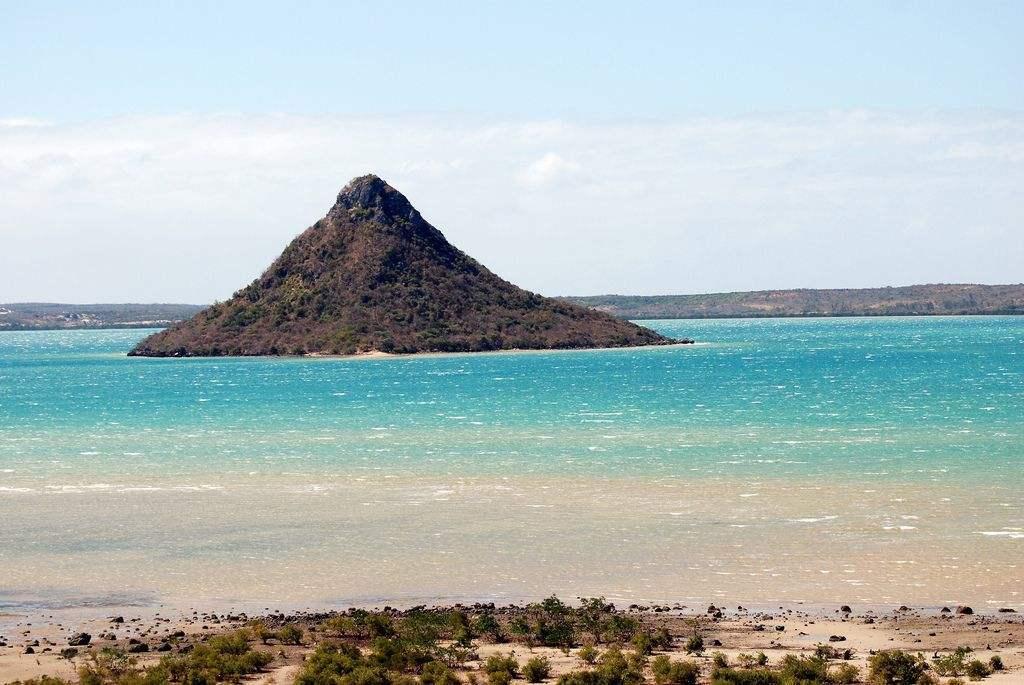The great north of Madagascar

The climate is a tropical one, composed by two seasons: the hot and rainy during November to April and the hot and dry period during May to October. The highest temperature reaches 34°C and the lowest is about 18°C.
The history of the region mentions “the Libertalia legend”. One century after the discovery of the Madagascar Island, a republic was established by a French pirate Mission and one Italian priest Caracciolos and, at that time, a system of defense against possible naval attacks by French or English was also adopted, these sailors was planning to organize well their naval trades in the area but the cause of the collapse of the State was from the interior.
Its population is about 1,291,100 persons including the Antakarana and Betsimisaraka ethnic groups, a blend of Arabs an Indian people, distinguished by their customs and the women's manner of plaiting their hairs, the same on their way of dressing their Lamba. Some of them are also descendent of the first settlers, easy to recognize by their lighter complexion and blue eyes.
On the coastlines, inhabitants' occupations are the fishing and agriculture and cattle rearing for the inner population. Nowadays the tourism industry dominates the economy activities and many infrastructures of reception of tourists are sprouting all over the area.
The most famous of the tourism resort is the islet of Nosy Be where visitors can get direct flights, without passing to Antananarivo, from some foreign international airports such as Charles de Gaulle, Suvarnabhumi airport in Bangkok… This place is well known by tourists from the European Union by its beaches and voyages to neighbouring islets. One of the best examples is the Nosy Komba in the south east of Nosy Be and 20 minutes by boat. At this site, tourists can enjoy the view of the endemic lemurs, Euleumure macaco and the trekking through the forest station including plantations of vanilla, cacao, ylang-ylang…
It must be also noted that the Sava region, the Northeast part of the region, is the capital of the vanilla bourbon cultivation and others aromatic plants.
In sum, the Great North of Madagascar has many natural resources and it is worth to visit it.